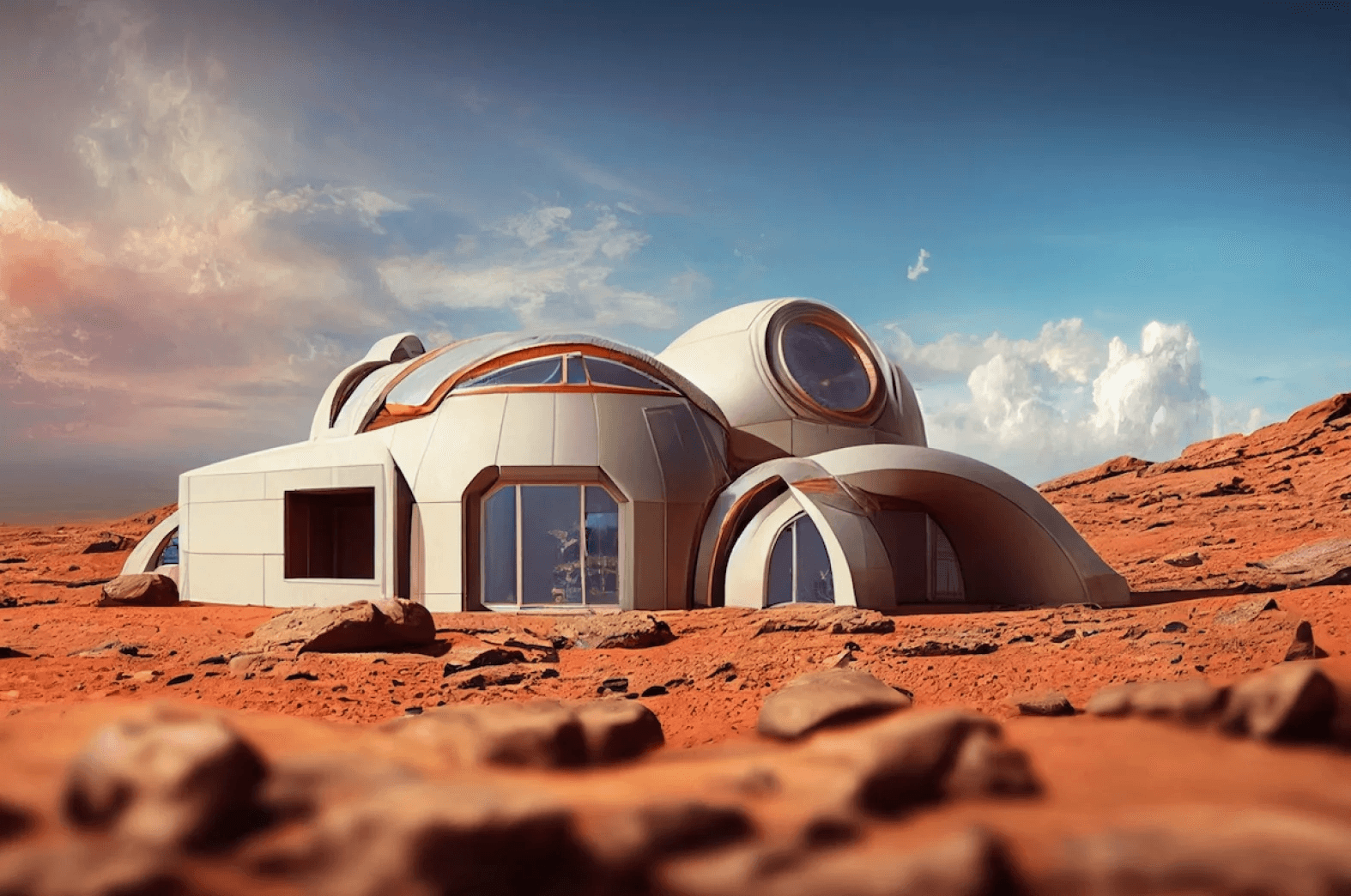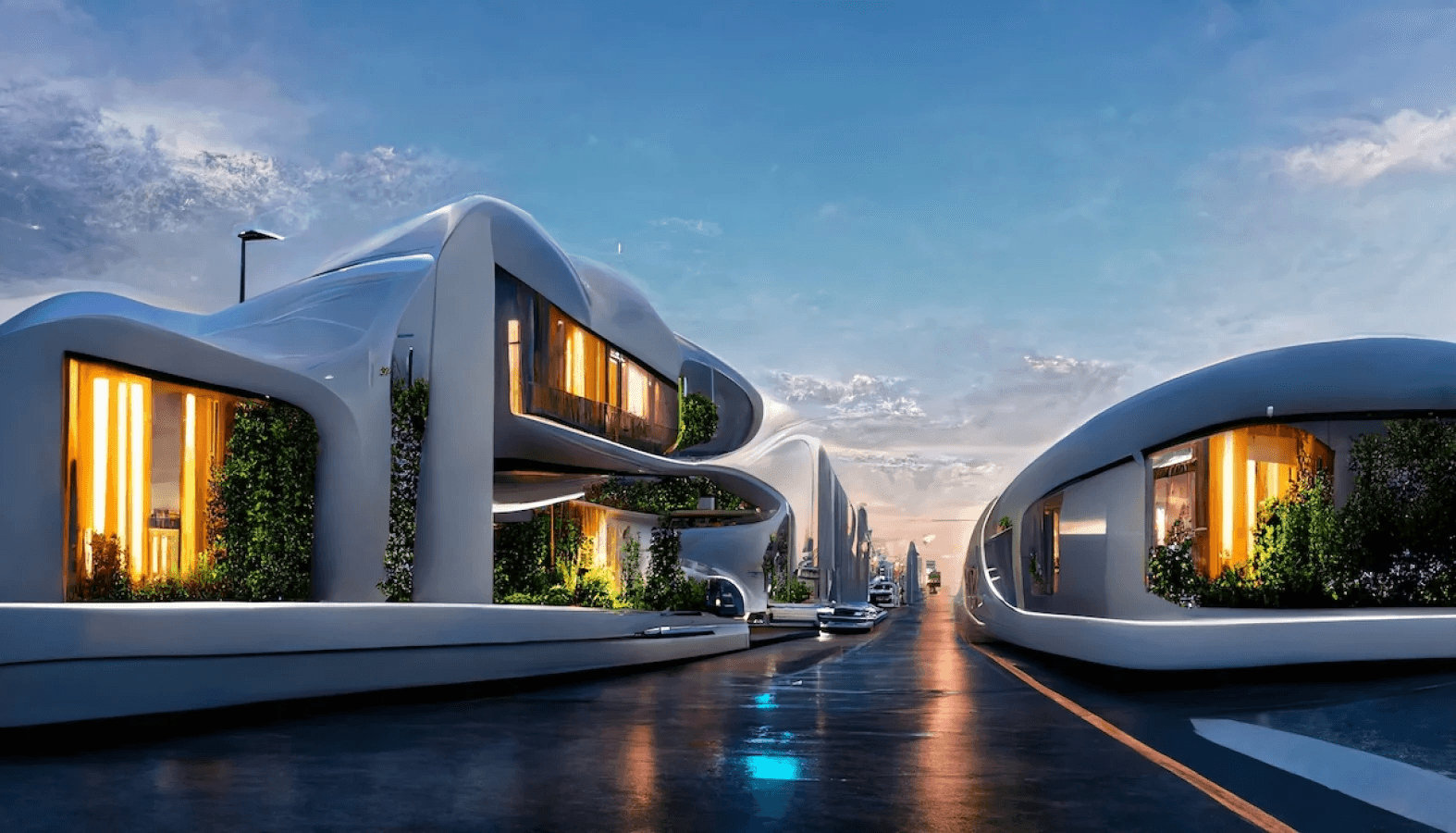Back to Blog
Immersive marketing experiences: Engage, connect, and inspire
Jun 23, 2023
Martin Petkov
Immersive marketing uses virtual and augmented reality technologies to alter how businesses engage with their target customers. By giving customers engaging and lasting brand experiences, immersive marketing can improve the visualization of products virtually, increase customer loyalty, and draw attention to the value of a brand. In this blog, we will explore the importance of immersive experiences, why people seek them, and how brands can create immersive brand experiences by defining their vision, targeting the right audience, personalizing experiences, and leveraging the latest technology.
What is immersive (immersion) marketing?
Immersive marketing utilizes various tools such as virtual reality (VR), augmented reality (AR), 360-degree videos, and interactive elements to engage customers in a captivating and memorable way. This approach has emerged as a powerful strategy for building consumer awareness, offering engaging experiences, and establishing a personal connection with customers beyond traditional channels. For instance, MAC Cosmetics has used AR to help people try on makeup products and select the best one that fits their skin tone, helping the brand increase engagement by 200% and achieve a better conversion rate.

What is the value of immersive experiences?
Tangible viewing of products online: Immersive experiences through AR and VR allow customers to interact with products, try them on, or arrange them in their own spaces virtually, enabling better visualization. For example, Snapchat partnered with fashion brands like Farfetch and Prada to allow customers to browse and virtually try on digital fashion items facilitated by ‘3D Body Mesh’ technology.
Better decision-making: Snapchat, Alter Agents, and Publicis conducted research and discovered that immersive technology contributed to an impressive 80% boost in consumer confidence when making decisions. When a customer experiences a product in 2D, they cannot feel it or conceptualize the use of the product. Customers make quicker buying decisions when interacting with a 360-degree image or experiencing the product in virtual reality. For example, Warby Parker lets customers virtually try on eyeglass frames using their app, allowing them to determine the most suitable style to encourage higher conversions and reduce returns.
Enhanced customer loyalty: Immersive experiences add value for customers, increasing their likelihood of staying loyal to a brand and improving customer advocacy. Research by Capgemini suggests that brands that provide immersive experiences could improve customer outcomes by increasing their net promotor scores (NPS) by 52 points, signifying an increase in customers' intention to recommend a product to others.
Showcasing brand value: Immersive experiences allow brands to stand out in a crowded market by building deeper connections with consumers. These experiences emphasize brand value through striking visuals, interactivity, and compelling messaging. By creating unique and memorable experiences, brands can differentiate themselves from competitors and leave a lasting impression on users. For instance, Oreo created a 360-degree video to immerse audiences in a virtual world of cookies and showcase the inspiration for their new product. The activation was an excellent way to highlight the product's unique selling point and brand positioning through an engaging format.
Why do people want immersive experiences?
Real-world constraints limit a human’s possibilities, but immersive technology allows people to surpass physical limitations in virtual spaces. Immersive experiences provide individuals with a temporary escape from everyday stresses by creating captivating environments that transport people to different realities. People aspire to transcend their present reality to delve into a new environment and develop extended capabilities, which is not usually possible in traditional contexts. These experiences provide entertainment and enjoyment, captivating participants through interactive and sensory-rich encounters that keep them engaged and delighted. Moreover, immersive experiences can evoke deep emotional responses and forge profound connections, enabling individuals to experience a wide range of feelings such as excitement, awe, fear, joy, or empathy.

How do you create an immersive brand experience?
Define your brand value: Identify what makes your brand unique and how you want customers to perceive it. People should be able to envision the brand’s ideals and connect with its services from the get-go. For example, IKEA's vision of improving everyday life came to life through its innovative app. The app allows customers to virtually ‘place’ IKEA products in their own space, making it easier for people to picture how the furniture would look and fit in their rooms. This immersive experience eliminated the need for trial and error, saving customers the hassle of bringing home furniture, assembling it, and realizing it may not be the perfect fit.
Identify your target consumer: Defining your target audience will help your brand determine what immersive experience would resonate with them and align with their interests. For instance, Gucci Beauty's Blush De Beauté AR filter lets users virtually explore and experience the brand’s blush line by allowing them to wear the makeup, giving them a glimpse of the cosmetic product’s potential effect on the skin. Gucci created this immersive experience for its GenZ and GenX target audience after witnessing a peak in the cohort's demand for virtual try-ons.
Create personalized experiences: According to Bonsai, 80% of customers want to buy from brands that provide tailored experiences. One of the effective ways of creating a long-lasting immersive experience is through personalized deals and recommendations that might be important for your target audience. For example, to create a customized experience through immersive technology, virtual stores can transform shelves to stock products tailored to each individual’s tastes, preferences, and purchase history.
Leverage the latest technology: Utilizing the latest technology to create immersive campaigns can differentiate a product and a brand from its competitors and stay ahead of the curve. Pepsi Max achieved this through an innovative campaign that generated exciting imagery in a bus shelter’s display window. The campaign used depth mapping to place 2D and 3D elements onto a live visual of the street ahead, including projections of tigers, asteroids, and robots, heightening excitement and memorability among consumers and eventually leading to a 35% year-over-year increase in product sales.

What are the features of immersive experience?
Interactive: Immersive experiences go beyond mere observation - they encourage active participation. Users become protagonists through captivating games or exciting challenges. For instance, The Museum of Ice Cream in Singapore offers an interactive, immersive experience called the "Sweet Sensations Adventure." Individuals can explore 13 interactive exhibitions, including the Rainbow Tunnel, Sprinkle Pool, Ice Cream Portal slide, Banana Forest in Austin, and Dragon Playground. Each room is designed to engage the audience’s senses and provides Instagram-worthy scenes. Attendees can enjoy delicious desserts inspired by the themes throughout the museum, creating a multi-sensory experience.
Storytelling: Immersive experiences often incorporate intricate storylines that unfold before the audience’s eyes. Engrossing characters, plot twists, and emotional connections make these experiences unforgettable. National Geographic employs 360-degree videos and virtual reality to highlight the spirit of adventure through immersive travel experiences that transform their readers into active participants. Since the content is presented in a 360-degree format, it eliminates the need for relying solely on the reporter's viewpoint, allowing the audience to form their encounters.
High-fidelity: Immersive experiences through VR and AR strive to replicate the physical world with stunning accuracy through high-fidelity graphics, practical rules of physics, and lifelike simulations. Gucci, the renowned luxury fashion brand, has embraced AR through its iOS app, allowing users to virtually try on 19 pairs of Gucci sneakers and explore the Marmont bag collection in 3D. This clear and detailed representation of products improves the customer buying cycle and increases purchase satisfaction.
Conclusion
Immersive marketing has become a powerful strategy for creating captivating and memorable customer experiences. Using immersive technologies, brands can enhance customer advocacy, boost consumer confidence, and uniquely showcase their value proposition. Brands can create immersive campaigns by defining their vision, understanding their target consumers’ needs, personalizing experiences, and using cutting-edge technology. As consumers seek immersive experiences, brands can stand out in a crowded market and create lasting impressions that drive loyalty and business success.
Are you looking to launch an immersive marketing campaign for your brand or company? We can help you create unforgettable experiences by developing, scaling, and monetizing your idea in the metaverse. Get in touch with us!
Jun 23, 2023
Martin Petkov
Subscribe to our monthly newsletter
About Landvault
Landvault is building infrastructure to accelerate the metaverse economy, by building tools to create, deploy and monetize content. The company has helped over 200 clients enter the metaverse, including both Fortune 500 companies and government organizations like the Abu Dhabi government, Mastercard, L’Oreal, Red Bull, and Heineken. The company has raised a total of $40m over the past three years and continues to pioneer technological advancements.
